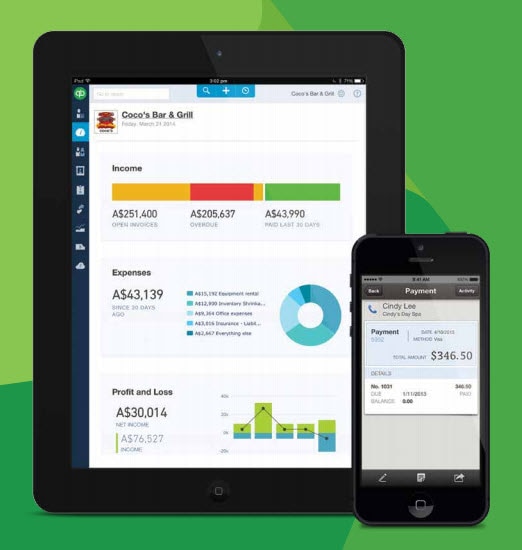Key elements of an invoice
Invoicing rules and best practices vary from country to country, especially surrounding tax.
In Australia, businesses registered for Goods and Services Tax (GST) need to issue tax invoices for sales over $82.50. In the UK and the EU, businesses need to calculate and charge VAT instead.
While it’s always worth checking the invoicing requirements for your region, there are some non-negotiable elements that almost all invoices should contain:
- Buyer’s information: The client’s contact information should be included to ensure the document is legal and clearly addressed to the recipient.
- Business details: Your company name and address, as well as contact details, so your seller can get in touch if needed.
- The word "invoice": Clearly label invoices with the word "invoice" to ensure the document is easy to identify.
- Invoice number: The invoice number serves as a unique identifier that you can use to categorise and track every invoice.
- Date of invoice: Date your invoice to make it easy to categorise. Also, if needed, specify the date you provided the goods or service.
- Goods/services provided: Provide an itemised breakdown of the goods offered or services delivered.
- Quantity and cost: Detail the quantity of goods or services provided, and the itemised cost of each unit.
- Tax rates: If applicable, an invoice should also contain the taxable amount for the goods or services, as specified by your local tax regulations.
- Total amount owed: The unit costs should be calculated alongside relevant taxes to determine the total amount owed in your specific currency.
- Payment methods: You should also include the different ways your buyer can pay. Try to include multiple, as this can prompt fast payment.
- Late payment terms: Clearly state when you expect your buyer to pay by, and your policy if they don’t.
- Branding: You may like to customize your invoice with your logo or brand colours to make it look more professional.
- A thank you note: Though not essential, companies will often include a personalised thank you note to show their appreciation to the customer.
Need some extra help to create accurate invoices for your region? QuickBooks helps you generate and format these elements with standardised templates, making your invoices more accurate while saving time.
How to create an invoice using QuickBooks Online
QuickBooks Online makes the process of creating an accurate, professional invoice faster and easier.
Getting started is simple. From your dashboard, select + New and then Invoice to create a new template instantly. QuickBooks will automatically add your business contact details. If you’ve already added customers to QuickBooks, just choose one from the dropdown.
You can add or remove fields to suit your needs—like shipping info, invoice dates, terms and conditions, or due dates. Need something specific? Create custom fields. You can even add your logo and brand colours to make the invoice your own.
Once you’re happy, fill in the details by clicking each field. Quickly add the products or services you’ve provided, then use Payment options to select the payment methods you want to offer.
QuickBooks automatically calculates sales tax and shipping fees for you—helping you avoid common mistakes while saving time on manual data entry.






